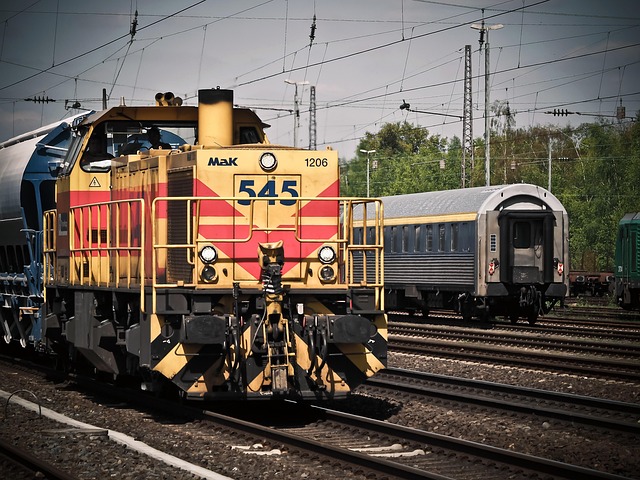Rail transport has long been a vital component of our global mobility, facilitating the movement of goods and people across vast distances. As we face pressing environmental challenges, the sector is at a pivotal juncture, where the integration of green technologies offers a promising pathway towards sustainability. Sustainable development in rail transport isn’t just a trend; it’s a necessity. The increasing demands of urbanization and the pressing need to reduce our ecological footprint drive innovation in this field.
One of the primary avenues for revolutionizing rail transport is through the adoption of electric and hybrid trains. These technologies significantly reduce greenhouse gas emissions, propelling the industry towards carbon neutrality. Electric trains powered by renewable energy sources such as wind, solar, and hydro come with the added benefit of minimal noise pollution compared to traditional diesel engines, creating a more pleasant travel experience for passengers and local communities alike.
Moreover, advancements in battery technology mean that trains can now operate efficiently on routes that have not been electrified, further expanding the reach of sustainable rail solutions. The introduction of hydrogen fuel cells is another game-changer, enabling trains to run on clean energy without compromising on power or performance. This innovation could transform regions previously reliant on fossil-fuel-based transport, drastically reducing their carbon emissions and ecological footprint.
The transition towards greener rail transport does not stop at the vehicles themselves; it extends across the entire network. Implementing smart technologies in rail infrastructure, such as automated systems for scheduling and route optimization, can lead to more efficient operations. This means fewer delays, less congestion, and ultimately, less energy consumed per trip. Furthermore, digital solutions for ticketing and customer information enhance the travel experience while promoting a shift towards public over private transport, encouraging more people to choose rail for their journeys.
As cities develop plans for sustainable urban mobility, integrating rail transport into their designs will be crucial. Urban transit systems that prioritize rail can alleviate road congestion, reduce air pollution, and contribute to healthier urban environments. By creating seamless connections between trains and other forms of transport, we establish a comprehensive ecosystem that supports daily commuters while showcasing the efficiency of green technologies.
Rail transport is not merely about getting from point A to point B; it embodies a vision for a sustainable future. Embracing green technologies is crucial for reducing our collective carbon footprint and ensuring that future generations can enjoy the benefits of efficient and eco-friendly transportation. By supporting rail as a primary mode of transport, we contribute to a cleaner planet, lower energy consumption, and economic growth through job creation in the green tech sector. Together, through innovation and commitment, we can revolutionize rail transport— paving the way for a greener, more sustainable future.




